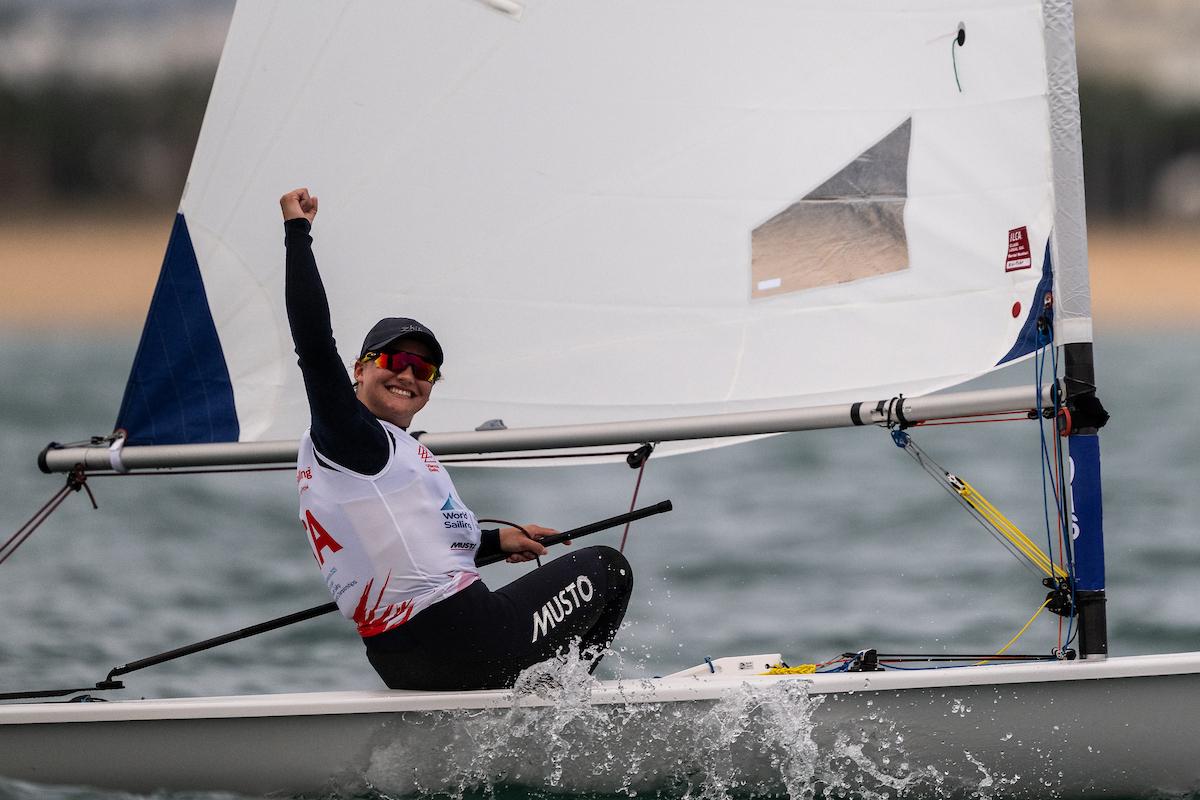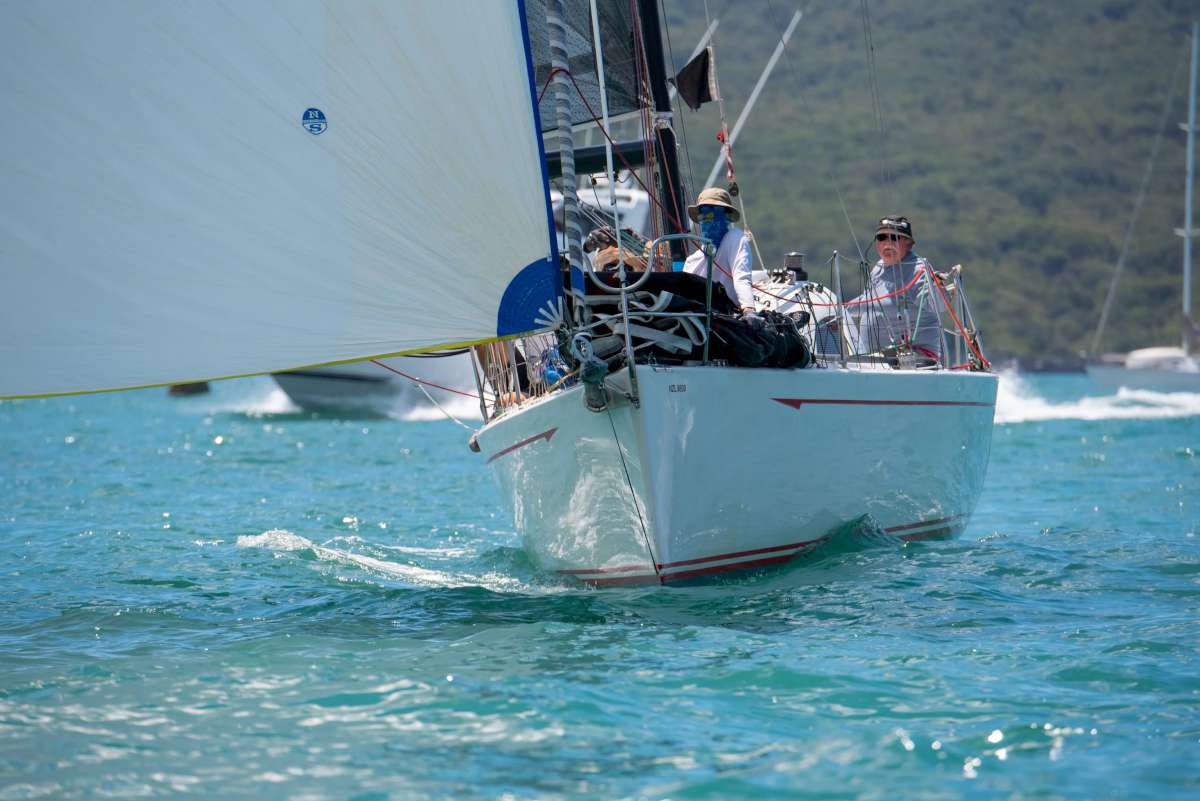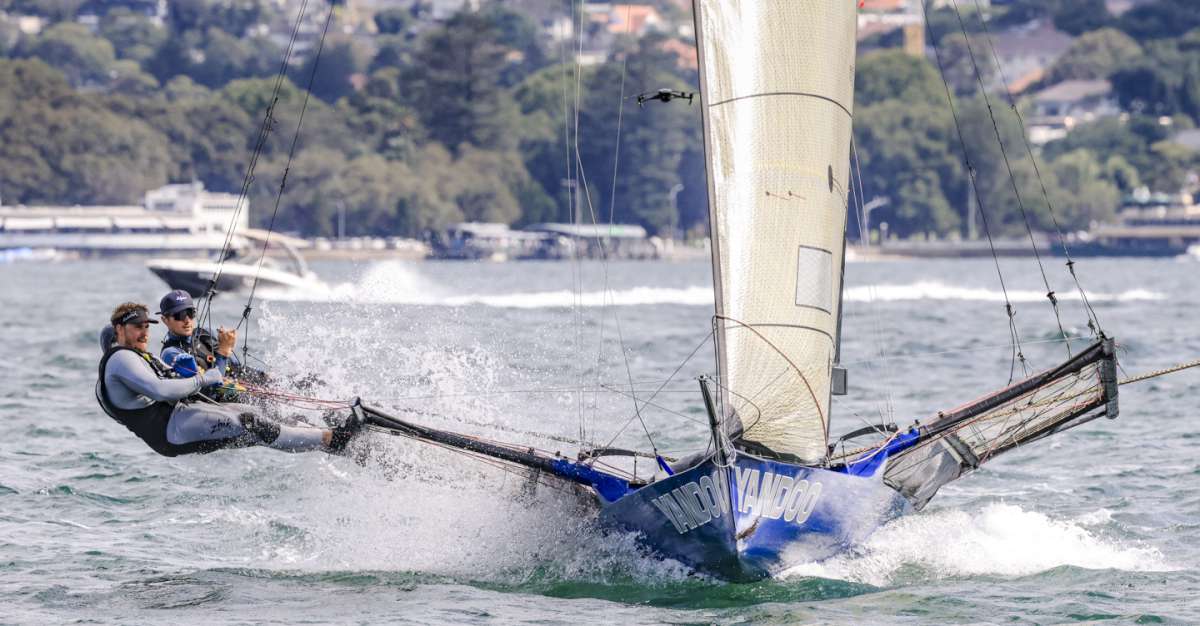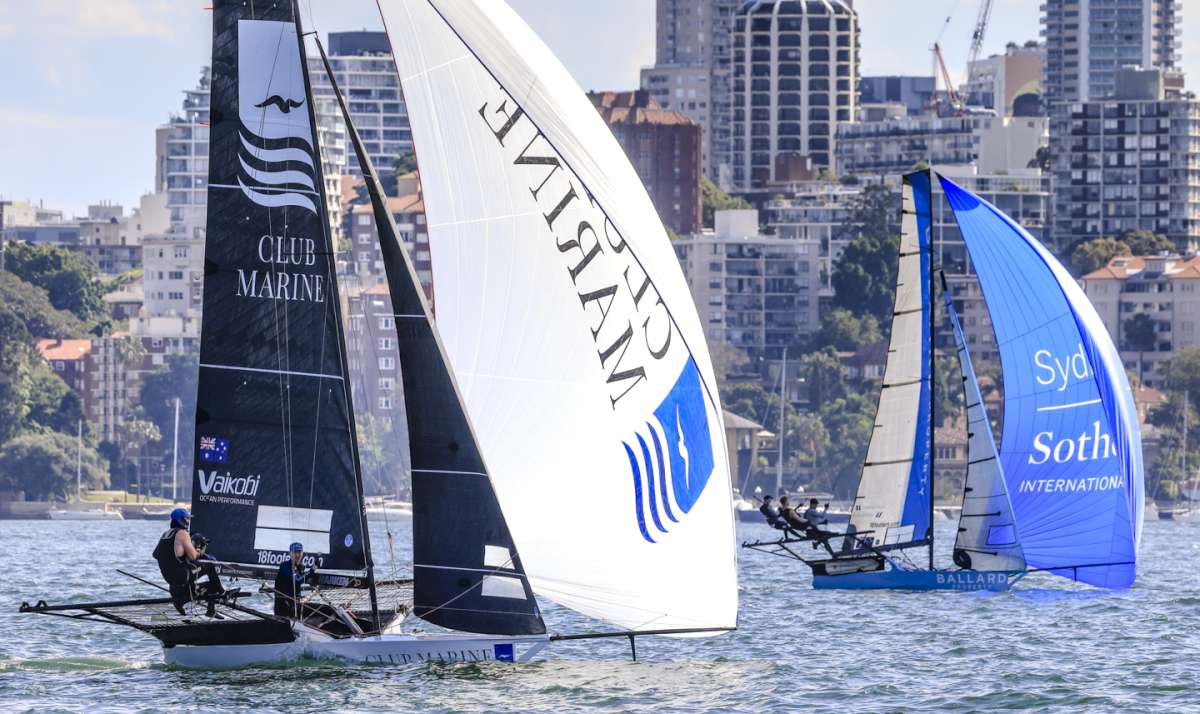Greg Cockle shares one of his favourite spots on his way home from the US – Palmerston Atoll in the Cook Islands.
Debbie and I arrived at Palmerston Atoll in the Cook Islands after a quick one-and-a-half-day passage of 280 miles from Raratonga in our Catalina 42MK II, Volare.
Palmerston holds a unique spot in the Pacific Ocean, if not the world, and it was for this reason we wanted to come here. With a land area of 2.6 sqkm, Palmerston is the only true atoll in the southern Cooks group. It's made up of six sandy islets scattered around a coral reef covering 1457ha and surrounding a lagoon about 11km across. The highest point is a sandhill of six metres referred to as “the mountain”. There is no safe entry for large ships, but the locals reckon small craft can gain access from three boat passages. When they refer to “small,” they mean “small” – ie a tinny with a 40hp outboard piloted by a very experienced local who knows the place backwards. We were told how a few years ago a lifeboat from a passing coastal trading ship tried to come in through the main passage, got stuck in the coral, blocking the passage, and subsequently remained there for a few years before completely breaking up.
The island is subject to very strong winds, particularly in January and February. Savage cyclones struck in 1883, 1914, 1923, 1926, 1931, 1935, 1942 and 1967.
James Cook first sighted the islands in 1774 but didn't stop and come ashore until his third visit in 1777. Named by Cook in honour of the First Lord of the Admiralty, Palmerston has the singular honour of being the only island in the Cook Islands whose namesake actually stepped ashore.
William Masters
All the 70-odd people living on the island today are descended from Englishman William Masters, a ship's carpenter and barrel-maker. He came here in 1863 with three wives, a lot of lead in his pencil and not much else. He built a house from the shipwrecks around the atoll and proceeded to make babies. When he had a small tribe he divided the main island, today called Home Island, into three areas and assigned each section to one of the three offspring families. They all settled in firmly with Bill as virtual king and autocrat of the community until his death in 1899. Masters is said to have originated from Gloucestershire, or possibly, Birmingham. All the islanders speak excellent English with a distinct Gloucestershire accent. William's descendants now spell their name “Marsters”.
The descendants of the three families still own each of their three respective parts of the island, and it's the only inhabited island in the atoll. Careful rules were spelt out concerning the allocation of resources and the rules covering marriage between the three families are quite strict. Even with these rules there is still conflict between the families from time to time, and there's always a bit of jostling for position going on. Palmerston's island council is also unique in that it is appointed, not elected, and chosen to represent the three families equally.
Old Bill set down some other rules that are still followed today. One of these rules was that in the event of a passing sailor, he was to be made welcome by one of the families for as long as he chose to stay. They were to take him into their home and treat him as one of their own. Today, when a boat is seen on the horizon, one of the family members will call on the VHF and from the moment you respond to that call you are considered to be a member of that particular host family – whether you stay for a day or a month. A member of the family (in our case Edward Marsters) will come out in a tinny and show you where to anchor (you can't get into the lagoon so have to anchor off, or pick up one of three or four moorings that have been laid by previous yachties in the lee of the island outside the reef). Once you are settled down, your host flashes back to the island and returns a little later with Alex Marsters, who is the immigration/customs man and Simon Marsters, who is Edward's older brother and the government representative. It's all very informal and a load of fun.
At one time the island's population was as high as 150 but more and more younger people are moving to Raratonga, New Zealand (they are all officially NZ nationals) or Australia, so the future of this amazing island must be in doubt.
There is a small school staffed by Yvonne Marsters, and at the time of writing there were about 20 children ranging from age six through 16 attending the school and doing ACE Schooling, a form of long-distance correspondence schooling. We visited the school on one of the days we were there and were fortunate to spend the day with the children, bringing back memories of the four years we educated our daughter by correspondence when we cruised during the 1980s.
No shops
There are no shops of any kind, no cars but two or three motor scooters, and it seems most of the children who are old enough to ride have pushbikes in various states of disrepair. The economic survival of the island depends on fishing for parrot fish, which are sold to the Japanese market. A supply ship comes from Raratonga once every three months or so, and picks up the frozen fish (Palmerston also has another claim to fame – there are more freezers per head of population here, than anywhere else in the world) and when the ship returns three months later it brings in island supplies – mainly diesel fuel for the generator and basic foodstuffs. The only vegetables or fruit that grows on the islands are coconuts, a little taro, a few papaya, bananas and a little breadfruit. Each family cultivates pigs and chooks for eating but the downside of these is they dig up any attempt to grow other vegetables. No one seems to have got the hang of building a garden behind a fence to stop the pigs coming in and helping themselves.
In 2006 the island hosted 60 cruising boats during the season and also had three or four visits from a National Geographic research ship that carries small numbers of passengers. The island's economy is helped out a little by cruisers and other tourists, who pay a small amount for customs and health clearance and by gifts of food and other essentials (perfume, pencils, school books, bras, gasoline, diesel fuel etc) from the cruisers.
The island's generator runs twice a day for 6-8 hours from 6am to 6pm. Since the island started charging a few dollars for health and customs clearance from visitors they have been able to extend the running of the island generator from 12 noon to 2pm so that the school can have access to the internet (there is a satellite dish and one phone box in the village so the island does have contact with the outside world via email, fax and telephone).
Church and lunch
As has become our custom, we went to church on Sunday and joined about 30 other members of the congregation and six others from visiting yachts to an hour of robust hymn singing. The church is surrounded by the island's little cemetery with every grave in it inscribed either Marsters or Akaingaru, Matava or Te Pou (the family names of each of Bill's three wives). Next to the church and the graveyard is the original house William Masters built.
After church we returned to our host's home (constructed from concrete made by mixing limestone from the coral and beach sand) for a massive Sunday lunch of chicken, fish, pork, rice, mashed potatoes, cabbage (the latter two items donated by us). In place of honour at the head of the table was our host family's matriarch – Mama Marsters: Simon and Edward's mother and the great great grandchild of William Masters. Edward's wife Shirley did all the cooking while we were at church. As is common in a lot of the South Pacific, all cooking is done outside except for desert – Shirley was very proud of the fact that she had a deep fryer that she used to make donuts for us all.
Later that afternoon Edward, Shirley and their two boys came out to Volare for afternoon tea of home-made chocolate cake with caramel topping and walnuts sprinkled on the top, which, as you can imagine was a real treat. While they were here, David (Edward's eldest son) caught a 10kg red snapper off the back of the boat using my fishing line. This was a tremendous treat for David as no one on the island has a fishing rod, so another reason for him to boast.
Another day we were taken ashore (it's too hard to navigate the dinghy through the passage so Edward would come out every morning in the tinny and collect us) and together with the crew of Windekind, I went out onto the lagoon with Edward to go net fishing for parrot fish. This was like rounding up sheep – Edward took his tinny and spread a net from one side of a passage to another and we five guys, wearing gum boots thrashed through the water scaring the fish into the net. A bountiful harvest was collected and we returned to our “home” to yet another feast. This time in company with Windekind crew, four great young guys ranging from 23 years down who had borrowed Dad and Mum's Sundeer 64 yacht and were taking a year off to sail the Pacific.
Difficult to describe
Palmerston was the highlight of our Pacific crossing. It's difficult to describe the openness and friendliness of these wonderful people.
There is nothing they wouldn't do for you. The second night we were there the mooring we had picked up gave way in strong offshore winds and we found ourselves drifting towards New Zealand. It was a pitch-black night, and there was no way I could have found the remains of the mooring line. Anchoring would have been impossible in darkness because it's a coral bottom, and you need to see where you drop the pick. I called Edward on the VHF and explained our situation and told him we would need to keep going. He wouldn't hear of it. At 11pm he rounded up a few family members and came out through the passage in his tinny and stood by the mooring with a light guiding me back.
This is truly a wonderful place on God's big earth.
























